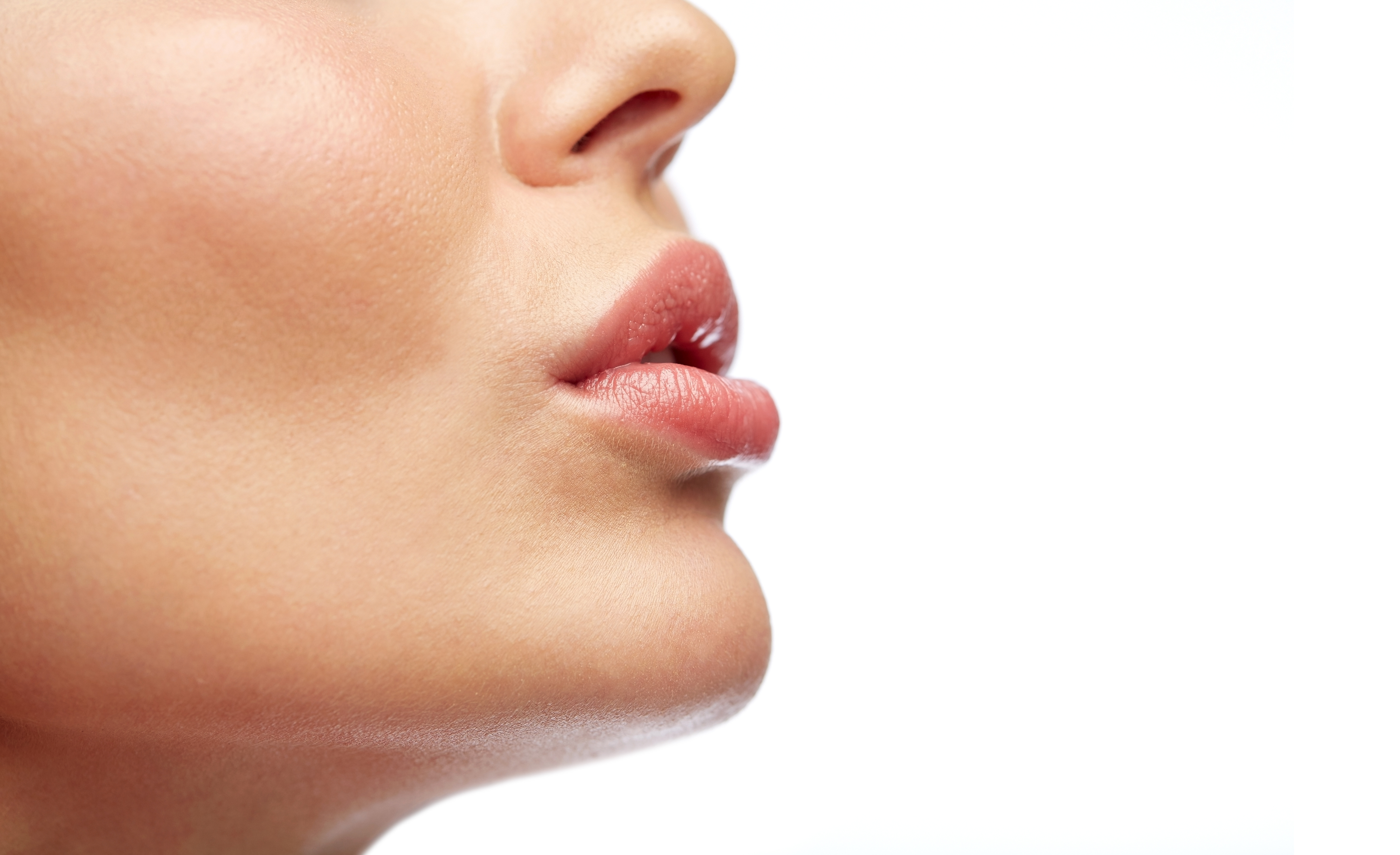 Cosmetic procedures are designed to make us feel better about ourselves. But what happens if you have an undesirable outcome?
Cosmetic procedures are designed to make us feel better about ourselves. But what happens if you have an undesirable outcome?
In dermatology and cosmetic practices, hyaluronidases are injectable medications used to correct the misapplication of dermal fillers containing hyaluronic acid. They are a naturally occurring enzyme found in the body and are commonly referred to as reversal agents of dermal fillers. When it is injected, it dissolves the hyaluronic acid that has been previously used and corrects the unwanted cosmetic result.
“In some senses, we consider hyaluronidase an antidote for bad Juvederm, Voluma, Restylane or Belotero,” explains Dr. Miriam Hanson, board certified dermatologist and cosmetic expert at Sanova Dermatology in Austin. “If a patient complains of asymmetry, an uneven or unnatural look, or any other reaction to the product, hyaluronidase can dissolve it away.”
What are the different types/brands of hyaluronidase used to treat dermal fillers?
There are four brands of hyaluronidase currently on the market:
- Amphadase — this is made from cows.
- Hydase — this is made from cows
- Vitrase — this is made from pig products.
- Hylenex — this is a synthetic, recombinant DNA product made from human products.
“Although rare, an allergic reaction to these medications has been described,” says Dr. Hanson, “especially with those products derived from animal sources.” If necessary, each can be tested through a skin test for an allergy to the drug before application.
What is Involved with Hyaluronidase Injections and What are the Risks?
Hyaluronidase is injected with a very thin needle along with the local anesthetic, lidocaine, into the area where the filler needs to be dissolved. Since it can sting a bit, the lidocaine will make it more comfortable to tolerate. The amount of hyaluronidase that needs to be injected depends on the amount of filler needing to be dissolved. The application of it is as much of an art form as is the dermal filler and should only be performed by a qualified, licensed practitioner.
While there have been reports of allergic reactions to hyaluronidase in people who have allergies to bee stings, these are rare, and most people have no problems associated with the injections. The most common side effect is mild bruising which resolves within a week.
Hyaluronidase only works on fillers composed of hyaluronic acid, and are not suitable for fillers like Radiesse or Sculptra. Of course, the best way to avoid adverse outcomes with dermal fillers and cosmetic procedure is to see an experienced dermatologist and injector for your treatments.
Contact Us
If you have had injections with a dermal filler that did not turn out as you wished, and you wish to have it corrected, contact us for more information regarding this treatment.
Join Us
